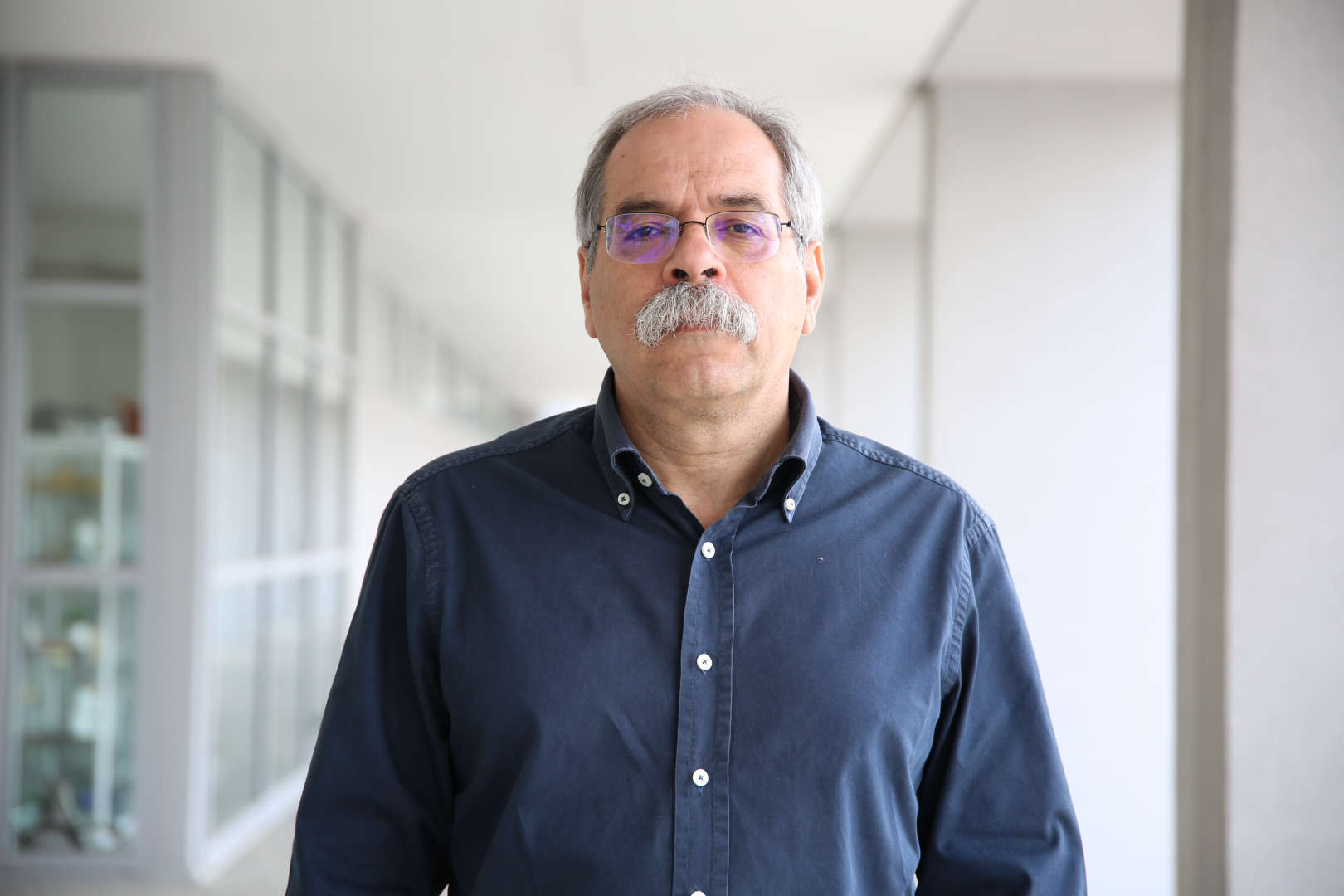Sobre
Concluí o Doutoramento em Engenharia Eletrotécnica e de Computadores na Universidade do Porto em 1994.
Sou atualmente Professor Associado do Departamento de Engenharia Eletrotécnica e de Computadores da Faculdade de Engenharia da Universidade do Porto (FEUP), onde leciono nas áreas das telecomunicações e do processamento de sinal.
Sou investigador do INESC TEC desde 1985 e tenho-me dedicado às áreas do processamento de imagem e vídeo e da visão por computador.


